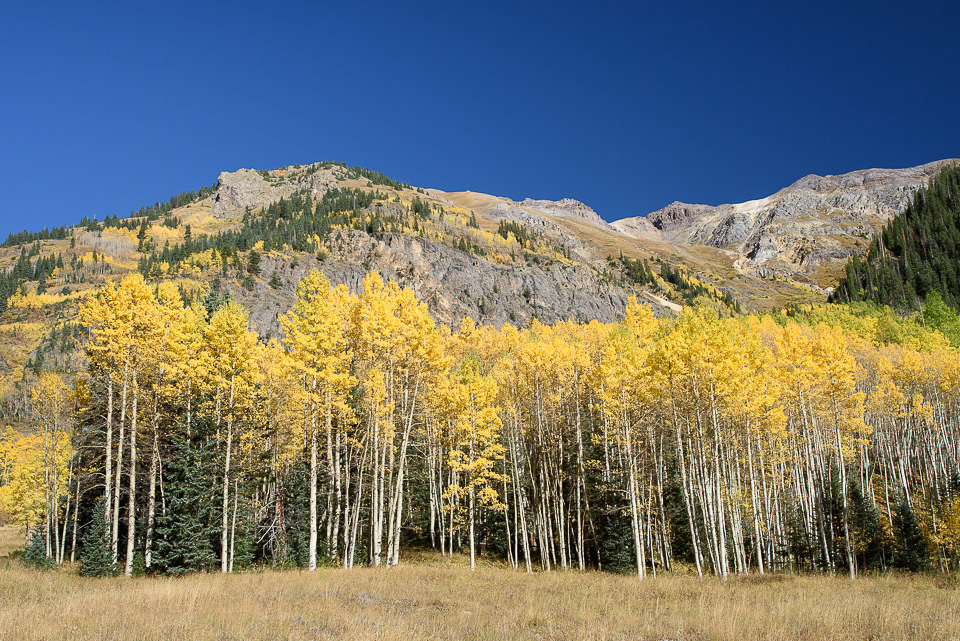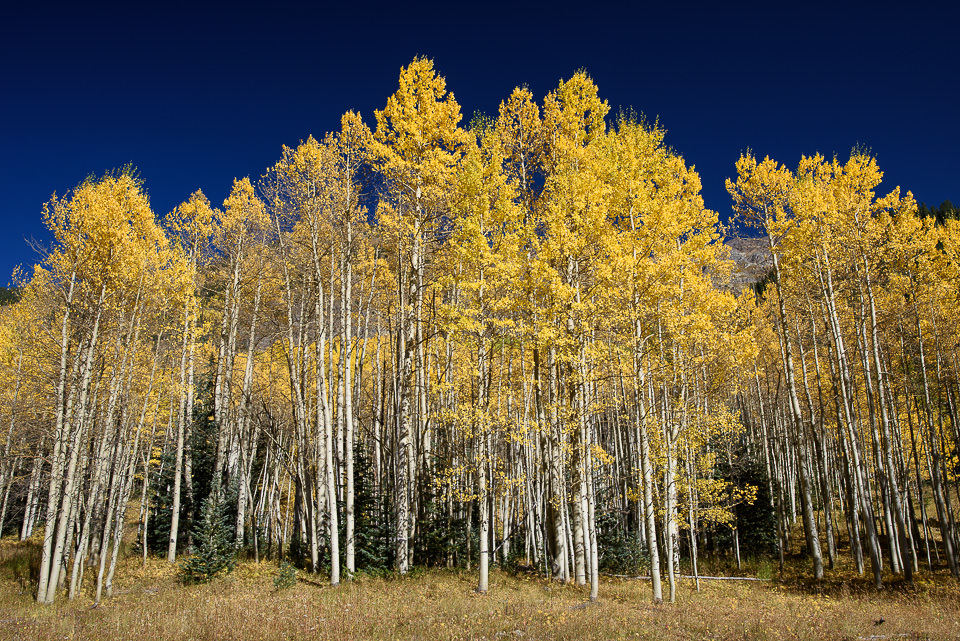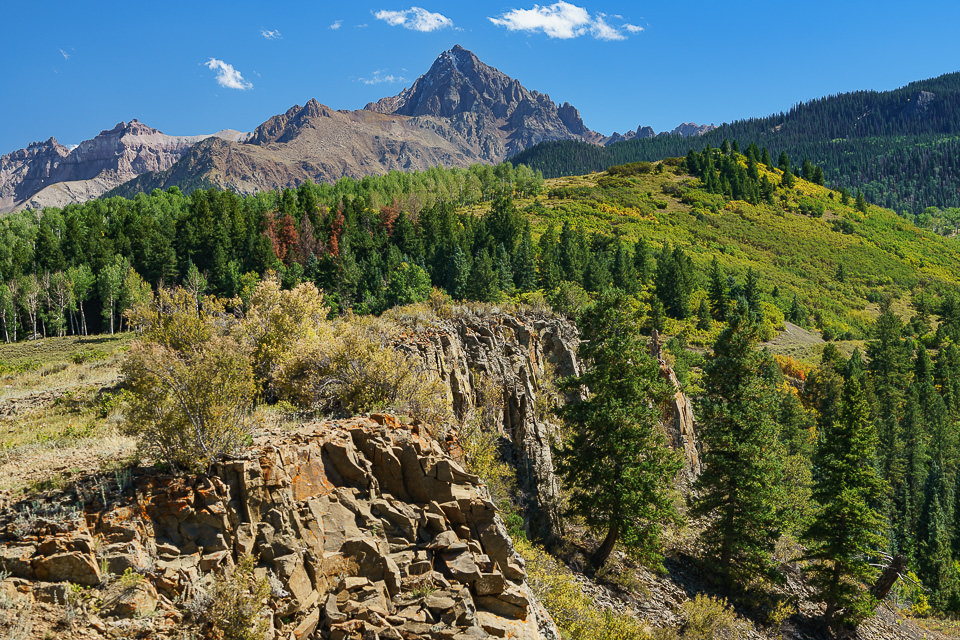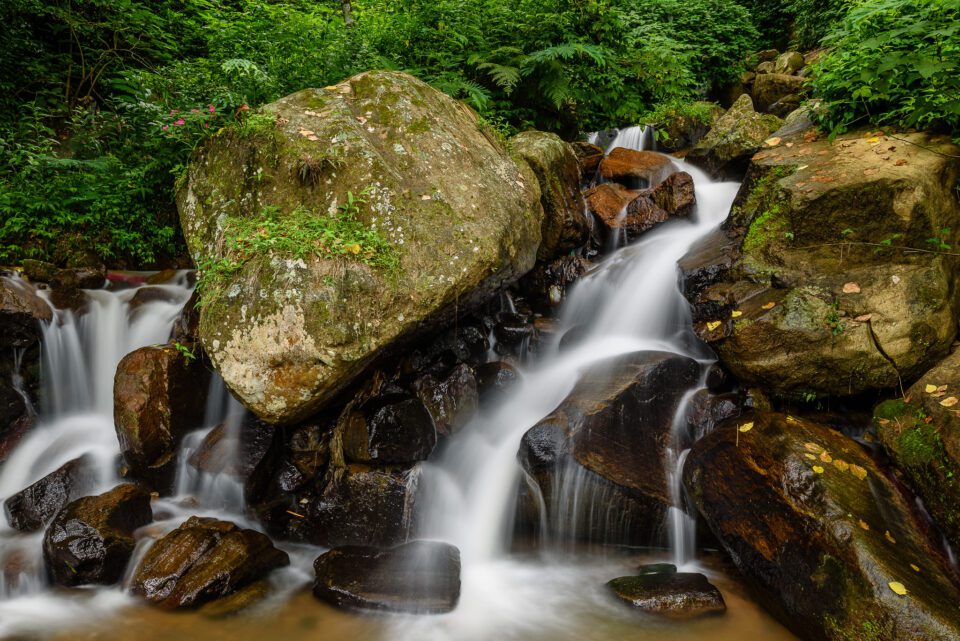Are Polarizing, ND and UV Filters Useless?
Every once in a while, you will hear some photographers claim that lens filters are completely useless. Some will argue that only specific types of filters such as UV and protective filters are evil, while others will also include polarizing and ND filters into the mix, claiming that one could reproduce the effects of all those filters in post-processing software. Arguments for or against filters can spark a lot of heated debates in the photography community, similar to topics such as “Nikon vs Canon”, or “DSLR vs Mirrorless”. There are certainly some passionate individuals out there who are ready to stand their ground no matter what. And there is nothing wrong with that, as that’s what typically happens when there is truth on both sides of the coin, depending on what angle you are looking at – there are certainly both pros and cons to using lens filters. Having been teaching photography for a number of years now, I have come across many different photographers of all skill levels in the field and I have come to realize that there is sadly quite a lot of misinformation out there regarding lens filters and their proper use. Many of us simply don’t know enough about not just filters themselves, but also their significant effect on our post-processing workflow. Although we have previously written many articles on lens filters, let’s explore filters once again and hopefully address some of the misconceptions about these important tools.
هل مرشحات الاستقطاب وND والأشعة فوق البنفسجية عديمة الفائدة؟
بين الحين والآخر، سوف تسمع بعض المصورين يدعون أن مرشحات العدسات عديمة الفائدة تمامًا. سيجادل البعض بأن أنواعًا محددة فقط من المرشحات مثل مرشحات الأشعة فوق البنفسجية والمرشحات الواقية هي الشر، بينما سيدرج البعض الآخر أيضًا مرشحات الاستقطاب وND في المزيج، مدعين أنه يمكن إعادة إنتاج تأثيرات كل تلك المرشحات في برامج ما بعد المعالجة. يمكن أن تثير الحجج المؤيدة أو المعارضة للمرشحات الكثير من المناقشات الساخنة في مجتمع التصوير الفوتوغرافي، على غرار موضوعات مثل "Nikon vs Canon"، أو "DSLR vs Mirrorless". من المؤكد أن هناك بعض الأفراد المتحمسين الذين هم على استعداد للوقوف على موقفهم مهما حدث. ولا حرج في ذلك، لأن هذا ما يحدث عادةً عندما تكون هناك حقيقة على جانبي العملة، اعتمادًا على الزاوية التي تنظر إليها - هناك بالتأكيد إيجابيات وسلبيات لاستخدام مرشحات العدسات. بعد أن قمت بتدريس التصوير الفوتوغرافي لعدد من السنوات حتى الآن، قابلت العديد من المصورين المختلفين من جميع مستويات المهارة في هذا المجال، وقد أدركت أنه من المؤسف أن هناك الكثير من المعلومات الخاطئة فيما يتعلق بمرشحات العدسات واستخدامها السليم. الكثير منا لا يعرف ما يكفي ليس فقط عن المرشحات نفسها، ولكن أيضًا عن تأثيرها الكبير على سير عمل ما بعد المعالجة. على الرغم من أننا كتبنا سابقًا العديد من المقالات حول فلاتر العدسات، فلنستكشف الفلاتر مرة أخرى ونأمل في معالجة بعض المفاهيم الخاطئة حول هذه الأدوات المهمة.
Every once in a while, you will hear some photographers claim that lens filters are completely useless. Some will argue that only specific types of filters such as UV and protective filters are evil, while others will also include polarizing and ND filters into the mix, claiming that one could reproduce the effects of all those filters in post-processing software. Arguments for or against filters can spark a lot of heated debates in the photography community, similar to topics such as “Nikon vs Canon”, or “DSLR vs Mirrorless”. There are certainly some passionate individuals out there who are ready to stand their ground no matter what. And there is nothing wrong with that, as that’s what typically happens when there is truth on both sides of the coin, depending on what angle you are looking at – there are certainly both pros and cons to using lens filters. Having been teaching photography for a number of years now, I have come across many different photographers of all skill levels in the field and I have come to realize that there is sadly quite a lot of misinformation out there regarding lens filters and their proper use. Many of us simply don’t know enough about not just filters themselves, but also their significant effect on our post-processing workflow. Although we have previously written many articles on lens filters, let’s explore filters once again and hopefully address some of the misconceptions about these important tools.
هل مرشحات الاستقطاب وND والأشعة فوق البنفسجية عديمة الفائدة؟
بين الحين والآخر، سوف تسمع بعض المصورين يدعون أن مرشحات العدسات عديمة الفائدة تمامًا. سيجادل البعض بأن أنواعًا محددة فقط من المرشحات مثل مرشحات الأشعة فوق البنفسجية والمرشحات الواقية هي الشر، بينما سيدرج البعض الآخر أيضًا مرشحات الاستقطاب وND في المزيج، مدعين أنه يمكن إعادة إنتاج تأثيرات كل تلك المرشحات في برامج ما بعد المعالجة. يمكن أن تثير الحجج المؤيدة أو المعارضة للمرشحات الكثير من المناقشات الساخنة في مجتمع التصوير الفوتوغرافي، على غرار موضوعات مثل "Nikon vs Canon"، أو "DSLR vs Mirrorless". من المؤكد أن هناك بعض الأفراد المتحمسين الذين هم على استعداد للوقوف على موقفهم مهما حدث. ولا حرج في ذلك، لأن هذا ما يحدث عادةً عندما تكون هناك حقيقة على جانبي العملة، اعتمادًا على الزاوية التي تنظر إليها - هناك بالتأكيد إيجابيات وسلبيات لاستخدام مرشحات العدسات. بعد أن قمت بتدريس التصوير الفوتوغرافي لعدد من السنوات حتى الآن، قابلت العديد من المصورين المختلفين من جميع مستويات المهارة في هذا المجال، وقد أدركت أنه من المؤسف أن هناك الكثير من المعلومات الخاطئة فيما يتعلق بمرشحات العدسات واستخدامها السليم. الكثير منا لا يعرف ما يكفي ليس فقط عن المرشحات نفسها، ولكن أيضًا عن تأثيرها الكبير على سير عمل ما بعد المعالجة. على الرغم من أننا كتبنا سابقًا العديد من المقالات حول فلاتر العدسات، فلنستكشف الفلاتر مرة أخرى ونأمل في معالجة بعض المفاهيم الخاطئة حول هذه الأدوات المهمة.

 Using a wide-angle lens can result in a gradient sky that can be tough to fix in post-processing
Using a wide-angle lens can result in a gradient sky that can be tough to fix in post-processing Pointing the camera at the area with the maximum degree of polarization can result in the unnaturally dark sky
Pointing the camera at the area with the maximum degree of polarization can result in the unnaturally dark sky

 Panning motion by dragging the shutter speed
Panning motion by dragging the shutter speed
تعليق